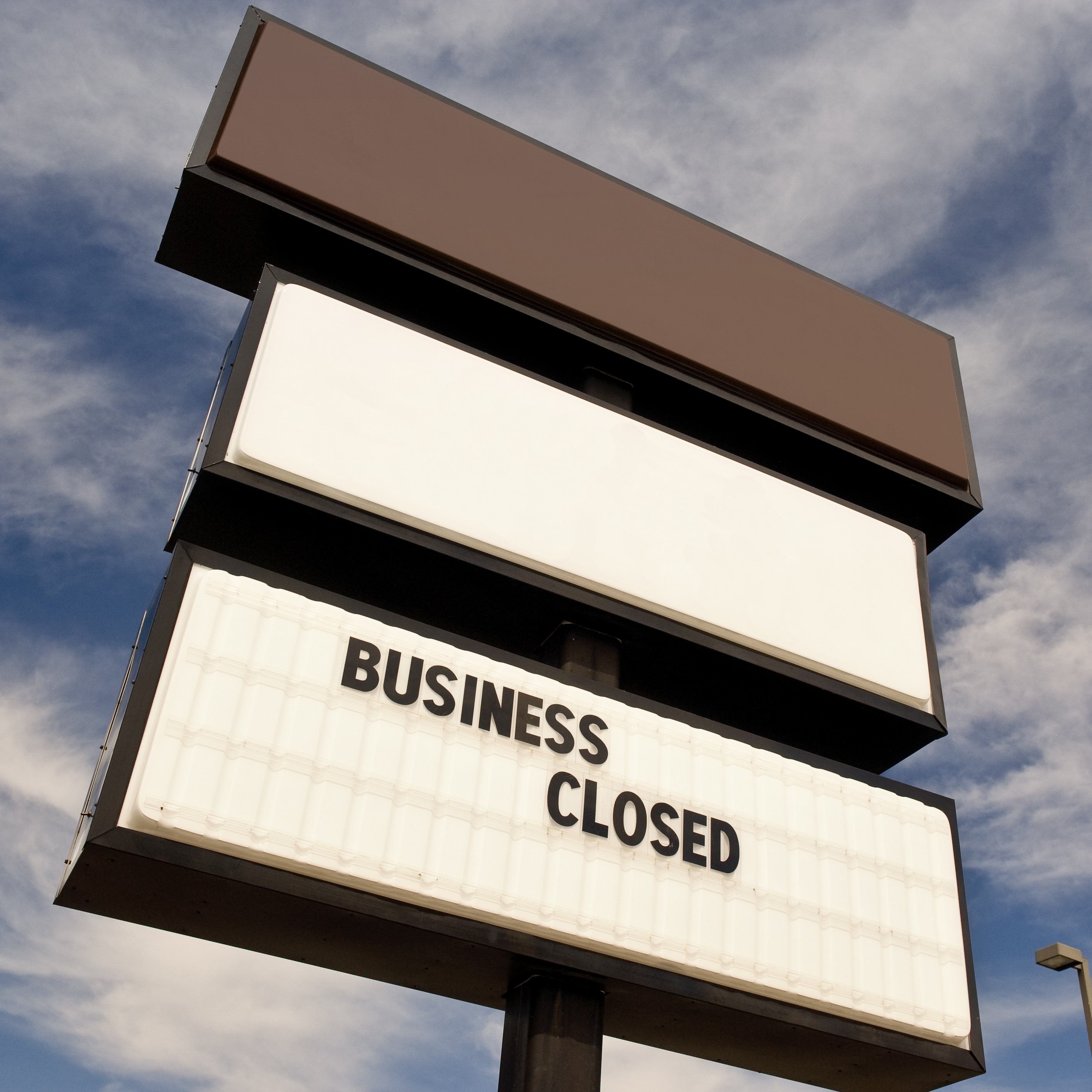Economy
America's 10 Worst States for Business

Published:
Last Updated:

24/7 Wall St. recently examined the business environment in all 50 states. The bottom 10 are particularly difficult for those companies that are based in them, or those that have considered doing so.
As the original article pointed out:
While the factors affecting the success of a region’s businesses are varied, and can seem almost random at times, there are socio-economic conditions, differences in geography, and regional regulations that can make running a successful business easier in one state than in another. To determine which states have the best and worst business climates, 24/7 Wall St. identified and reviewed nearly 50 measures of doing business. These were divided into eight major categories: economic conditions, business costs, state infrastructure, the availability and skill level of the workforce, quality of life, regulations, technology and innovation, and cost of living.
The 10 that ranked lowest of all 50 states:
41. Rhode Island
> Real GDP growth, 2013-2014: 1.6% (24th lowest)
> Average wages and salaries, 2014: $49,866 (16th highest)
> Pct. of adults with bachelor’s degree, 2014: 30.4% (19th highest)
> Patents issued to residents, 2014: 363 (11th lowest)
> Projected working-age population growth, 2010-2020: -3.8% (6th lowest)
There are a variety of factors driving up the cost of doing business in Rhode Island. According to the Tax Foundation, the state has one of the least favorable tax structures in the country for corporations. Electricity is also very expensive in the state, at 13 cents per kwh compared to 10.9 cents across the country. While in the majority of states, less than one in 10 miles of roadway are in poor condition, nearly 40% of Rhode Island’s roadways are in bad shape, by far the worst in the country. This may contribute to the high costs of trucking to businesses due to congestion in the state due to, at roughly $142,000 per mile.
A potential long-term problem for Rhode Island businesses is a projected loss of an employee pool. By 2020, the size of the working-age population is expected to have declined by 3.8% from 2010, one of the worst drops over that period.
Thank you for reading! Have some feedback for us?
Contact the 24/7 Wall St. editorial team.